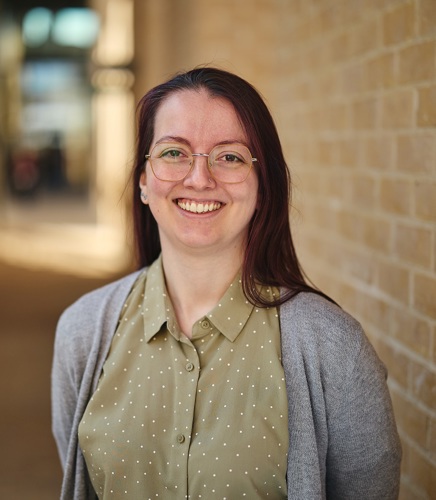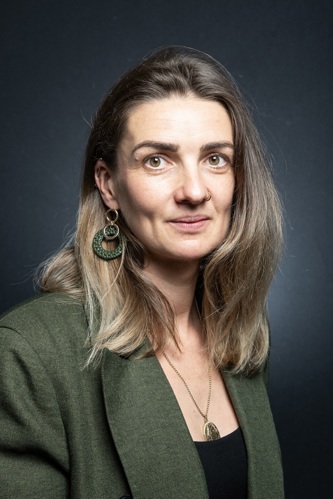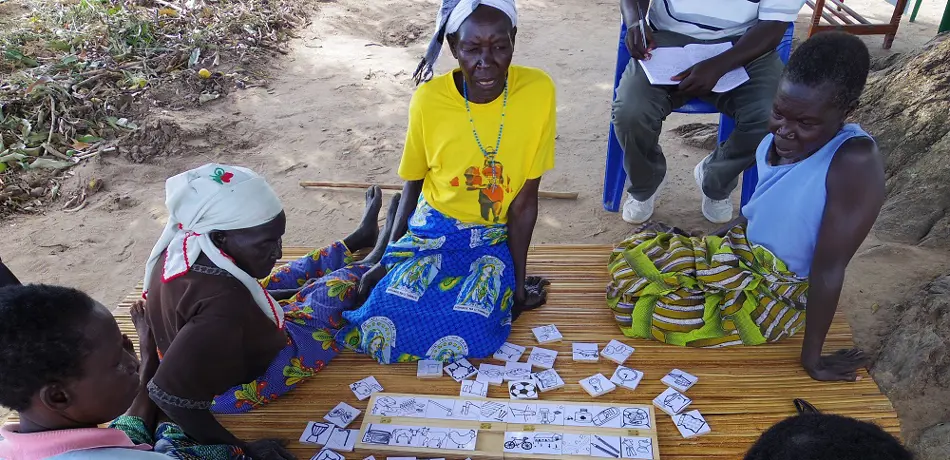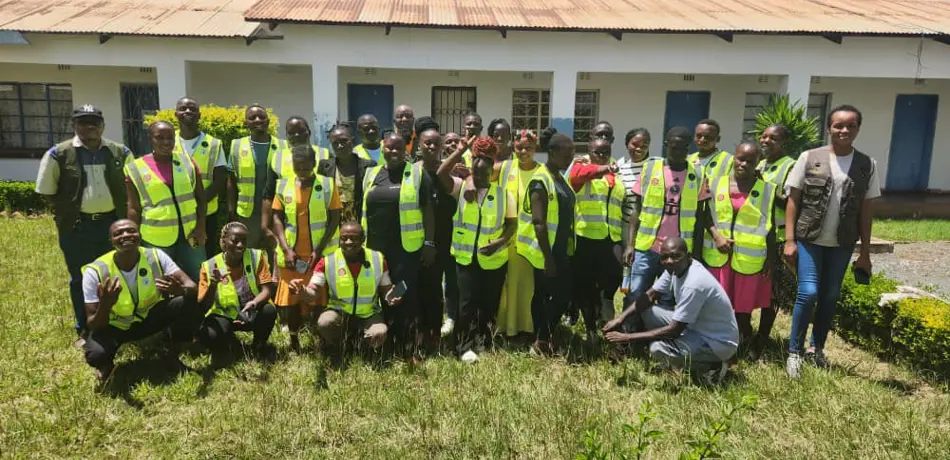Dr Alycia Leonard, Senior Research Associate in Energy Systems, and Professor Stephanie Hirmer, Associate Professor in Climate Compatible Growth, discuss the challenges and opportunities in using community energy systems to bring energy access to areas that the grid cannot reach.
In the UK, we often take access to energy for granted. Yet it underpins virtually every aspect of daily life—from food and healthcare, to communication and transport. Globally, it enables sustainable development by improving educational outcomes, increasing clean water availability, and building climate adaptation capacity. Its centrality in the UN Sustainable Development Goals underscores a shared understanding: equitable development hinges on universal energy access.
Achieving this goal, however, is far from straightforward. Though policy-making and planning tends to focus on national-scale grid extension, this is not a panacea. The estimated 750 million people who remain without electricity access globally are predominantly located in rural, remote areas, where traditional grid expansion is neither technically nor financially viable. Even where grids are present, households may lack the means or motivation to connect, or the appliances to make use of their connection. Alternative solutions are needed to close this gap.
Opportunity
Community energy systems are seen as a promising way to expand access where the grid cannot reach. Decentralised energy technologies, such as isolated mini-grids and stand-alone renewables, co-locate generation with consumption and can be designed to specifically match local needs. Using renewable energy, they can often be greener and cheaper than grid or diesel alternatives. In contexts where grids are unreliable – such as Ghana, which has suffered years of regular power outages - they can also offer a more dependable alternative.
In addition, community energy systems often have decentralised governance, where local people actively participate in operating and managing the energy system. This can include the establishment of community energy cooperatives, democratic planning committees, and local maintenance structures – all of which can enhance community ownership and agency.
The social and environmental co-benefits of energy access provided via community systems are considerable. Yet such systems are not a silver bullet. To deliver on their potential, community energy initiatives must learn from both the strengths and shortcomings of previous projects, particularly in a context of tightening aid budgets.
Challenges and Barriers
We have conducted research on the decentralisation of energy systems in Kenya and Zambia since 2022, including over 80 in-depth interviews and eight workshops with sub-national energy policymakers, planners, and mini-grid developers. From this, alongside previous practical experience implementing community-scale hydro schemes in Uganda, we have noted the following key challenges and barriers to the implementation of community systems to expand energy access.
Not all communities are equipped to govern local energy systems. This is a concern shared by mini-grid developers that we have spoken with working across Africa. In practice, decentralised energy technologies and decentralised energy governance don’t always go together. Not every community is a “good fit” for a self-governed community energy project, at least not without support. The local governance of community energy projects requires citizens with adequate time, capacity, skills, and interest to manage them; poor and marginalised citizens may not prioritise this.
It is difficult for community energy to balance affordability and cost recovery. Many decentralised systems struggle to recover costs while maintaining equitable tariffs. Unlike national grids, where cross-subsidies from urban and industrial users help keep rural tariffs low, mini-grids typically lack the customer diversity required to do the same. The result is an energy poverty penalty, where rural customers may end up paying more per unit of electricity than their urban counterparts.
Conventional value-for-money assessments overlook long-term distributional impacts. Often focused on short-term efficiency or infrastructure proximity, they fail to account for long-term social returns or a community’s actual ability to benefit from access. This undervalues inclusive, community-led approaches that may require higher upfront investment or have a longer-term return but deliver more sustainable and trusted services.
There are persistent equity gaps in decentralised energy planning. Disaggregated data on how energy systems affect women, disabled people, or other marginalised groups is limited. Even where inclusion is mentioned in energy policy or planning, it is often tokenistic or weakly implemented. Participation in energy decision-making remains sparse, often due to a lack of understanding, particularly among technical stakeholders, of how vulnerability intersects with local energy access.
Solutions and Key Considerations
To address these issues, we recently contributed to the UK Parliament International Development Committee inquiry on aid for community-led energy. Our evidence highlighted the following solutions to common pitfalls which can increase sustainability and inclusivity of decentralised energy services supported by UK aid.
Adopt context-appropriate governance models. There is no universal template for successful community energy governance. Capacity-building within communities and local governments is essential to ensure that technical and managerial responsibilities are appropriately supported.
Foster productive uses of energy. Promoting context-appropriate income-generating appliances such as grain mills, refrigeration, welding tools, or sewing machines can help stabilise demand and subsidise household consumption, supporting long-term financial viability.
Provide patient capital. Long-term, concessional finance—whether via grants, blended finance, or impact investment—can recognise the broader developmental value of energy access and allow projects time to mature.
Redefine value-for-money. Assessment frameworks should include long-term and distributional impacts, such as emissions reductions, conservation, and social return on investment. Incorporating such metrics also opens opportunities for carbon crediting and co-financing.
Embed inclusive practices. Clear, measurable inclusion standards developed with input from vulnerable groups should guide all project stages. This requires improved data collection, participatory research, and deliberate inclusion of marginalised voices in energy planning processes.
Despite the challenges, when done right community energy projects can be transformative. The Mpeketoni microgrid in Kenya, for instance, enabled local enterprises to access electrical equipment and tools, boosting worker productivity and leading to corresponding income growth in the order of 20–70% while simultaneously improving key infrastructure (e.g., schools, markets, and water pumps) and agricultural productivity.
The key is to learn from past experiences – both the successes and the failures – and to replicate what has worked at scale. In doing so, UK policymakers have an opportunity to craft an aid-funded energy portfolio which promotes holistic, efficient, and effective development.

Dr Alycia Leonard, Senior Research Associate in Energy Systems

Professor Stephanie Hirmer, Associate Professor in Climate Compatible Growth
This commentary incorporates perspectives from both written and oral evidence provided to the UK International Development Committee in the Inquiry on Aid for Community-led energy. Alycia Leonard provided oral evidence and led one written piece, while Stephanie Hirmer led the other written piece, both alongside co-authors (Oxford unless otherwise clarified): Beatrice Stockport, Miguel Sanchez-Lopez, Pu Yang (UCL), Amelia Standing, Tonny Kukeera (Manchester), Malcolm McCulloch, Marissa Bergman (UCL), Gerald Arhin (UCL), Aura Soriano (UNOPS), and Geoff Morgan (UNOPS).
Main image, above: County energy directors, policy-makers, and implementers at a workshop on decentralised energy planning held by the UK Partnering for Accelerated Climate Transitions programme in Sagana, Kenya in June 2024

Focus group using perception-based surveying (more specifically the User-Perceived Value (UPV) Approach) with females in rural Uganda to understand community needs for electrification project. This specific picture was from my PhD research but we have collected similar data in Zambia, Kenya, South Africa for various projects. Photo credit: Professor Stephanie Hirmer.

The data collectors that undertook a baseline assessment for energy-service needs in Chibombo District which was undertaken as part of the PACE ( Provincial Action for Community-Focus and Integrated Energy-services (PACE) project on decentralised energy planning in Zambia as part of the FCDO-funded Climate Compatible Growth (CCG) programme.
Automated system to evaluate energy demand response programmes
Energy Systems

